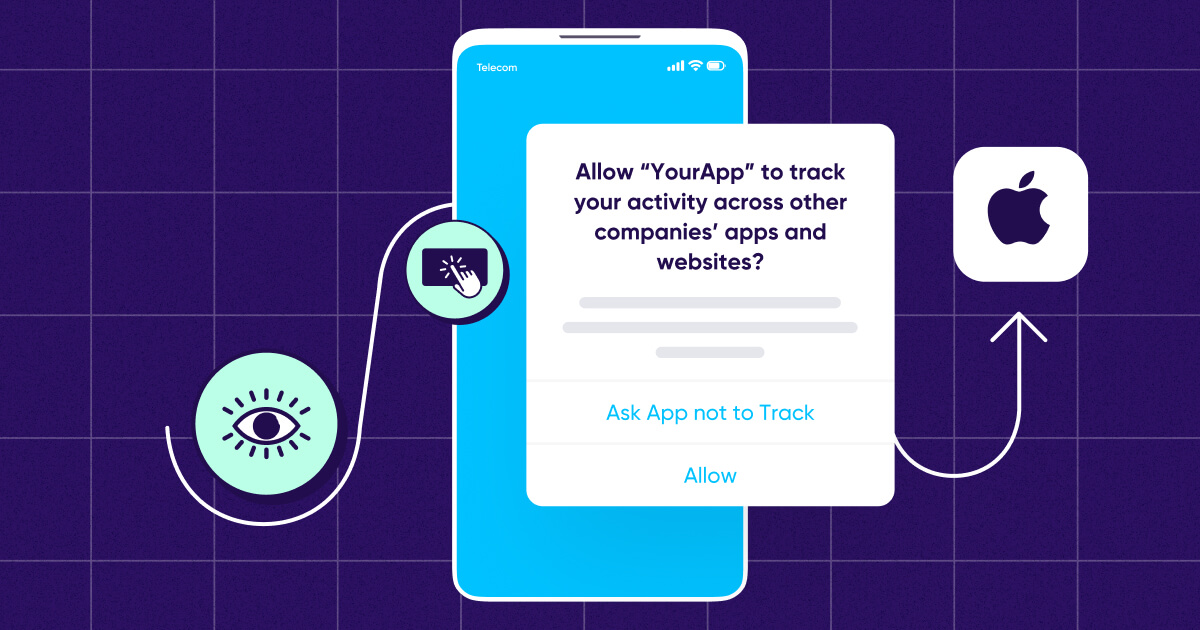
How LiveOps is changing the gaming landscape

Gone are the days when you could hold a game in the palm of your hand. Today, a game is a living, ever-evolving product with updates, events, and a community – and the gaming world is better for it.
This evolution in gaming is possible thanks to a shift called LiveOps. This continuous and holistic approach to game management offers better playing experiences and personalization, marking a paradigm shift in the relationship and expectations between players and game developers.
Minecraft, Fortnite, Clash of Clans, and Candy Crush Saga are all games known as trailblazers in LiveOps. It’s no coincidence that these games are some of the most successful of the past decade. In this guide, we’ll walk through what LiveOps is and some of the challenges and best practices for implementing LiveOps in your games.
What is LiveOps?
LiveOps (short for Live Operations) is the ongoing management and optimization of a game after its initial launch. LiveOps involves monitoring performance and behavior, updating content, and responding to data and player feedback to enhance the gaming experience. The goal of LiveOps is to make games more dynamic and engaging, which in turn boosts player retention and revenue opportunities.

Why is LiveOps important?
LiveOps is an important strategy for any gaming company to gain and keep active users and stay competitive in the changing gaming landscape. Here are the main benefits of LiveOps:
1. Faster issue resolution
LiveOps was originally developed to fix bugs discovered in digital games after their release. This remains the most practical use of LiveOps. Developers can release patches and fixes for any issues in real time, without waiting for the next game release.
2. Better user experience and engagement
A LiveOps approach brings game developers much closer to their users and lets them gather continuous feedback. When studios match feature requests and release updates based on that feedback, they deliver a better experience. This approach builds brand loyalty, trust, and higher engagement with the improved product.
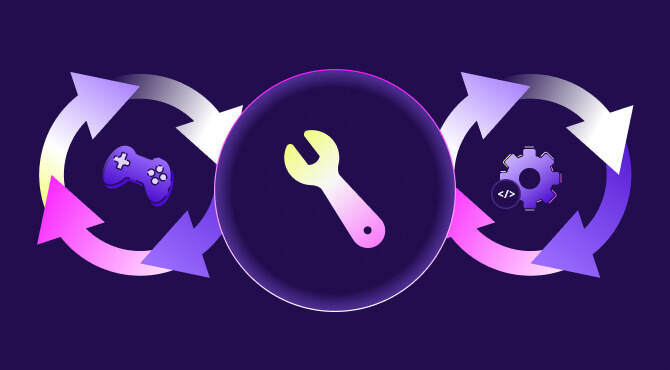
3. Player retention
In static games, players run into a completion wall: Once they’ve finished the game, they stop playing and move on to something else. By continually releasing new features and time-limited updates, you give users a reason to keep playing even after completing all the levels. Live in-game tournaments add another dimension of play to keep players coming back.
Player retention can be a powerful growth driver. As advertising costs surge, retention is a cost-effective alternative to user acquisition.
4. Increased revenue
Ultimately, the higher engagement and retention delivered by LiveOps translate into revenue. Consumers spend over $1.6 billion per week on mobile gaming. The more time that players spend in a game, the more those subscriptions and in-game transactions will go up.
Key components of LiveOps
Since LiveOps is still a relatively new concept, a lot of people are confused about what it actually is. LiveOps is sometimes called “games-as-a-service”. That means that rather than being a standalone, static product, a game comes with wraparound services that enhance the experience. This fundamentally changes the relationship between players and game studios, and raises player expectations about the role a studio should play in the experience.
In practice, this means studios need to conduct analytics, actively listen to feedback, and add services like event management. While the bigger studios might be able to achieve this through existing infrastructure and staff, smaller ones will need to up their resources to meet these needs.
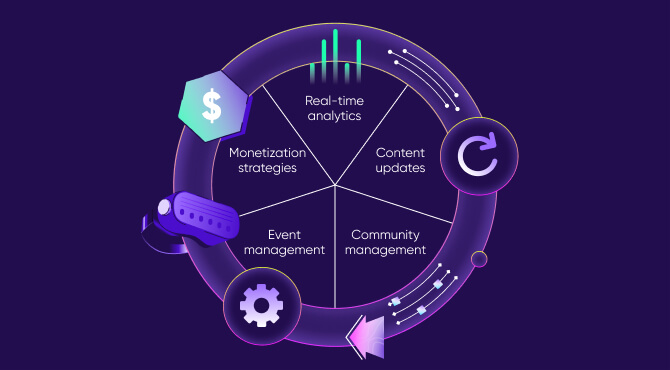
Here are the LiveOps components that many companies deploy:
1. Real-time analytics and tracking
In the age of analytics, LiveOps relies heavily on data-driven decision-making. Game developers analyze player behavior, preferences, and performance metrics to make informed choices about updates and optimizations. This ensures that development efforts align with player expectations and gaming trends.
2. Content updates
One of the fundamental pillars of LiveOps is delivering regular updates and releases. This encompasses everything from bug fixes and performance improvements to introducing new features, characters, and game content. This continuous evolution keeps players excited and invested in the game, building anticipation for what’s next.
3. Community management
Building community is crucial for the trust and engagement that will foster user feedback and excitement around product releases. Since gaming is social by nature, gaming communities like Twitch and Discord can become a powerhouse for engagement and growth. Many studios create and facilitate communities on social media channels or use a custom platform to foster engagement.
4. Event management
Event management in LiveOps refers to the planning, execution, and monitoring of special in-game events or activities within a live service game. These events can engage players, create excitement, and coincide with specific themes or promotions.
Managing these events requires complex planning, including goal-setting, creating in-game content, communications, and player engagement strategies. For each live event, studios need to monitor and facilitate the event in real time to ensure success, and then complete a post-event analysis.
5. Monetization strategies
Of course, making money is a primary goal of LiveOps. Monetization strategies to grow gaming revenue include in-game purchases like tokens, bundles, and cosmetic items. These strategies not only support a sustainable business model but also provide players with opportunities to personalize their gaming experience, making it more enjoyable and engaging
How to integrate app analytics into LiveOps
One of the main advantages of LiveOps is the ability it gives you to collect valuable data about your users’ behavior, preferences, and interests. A/B testing, for example, is one powerful way to test two versions of a feature and collect user feedback.
To integrate analytics, you need effective data collection practices. Choose an analytics platform that’s user-friendly and has robust capabilities for user segmentation, data visualization, and privacy compliance.
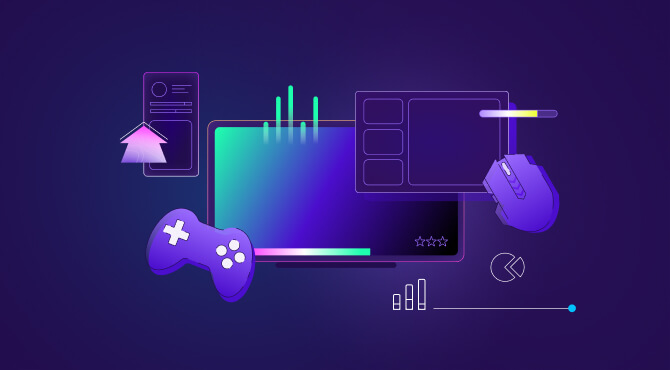
The top KPIs for LiveOps
Consider tracking the following key performance indicators (KPIs) to inform your LiveOps:
- Daily active users (DAU): The number of players who engage with the game on a daily basis
- Monthly active users (MAU): The number of players who engage on a monthly basis
- DAU to MAU ratio: The percentage of active users who engage with the game on a daily basis
- Player churn rate: The percentage of players who stop playing the game over a specific time period
- Player retention rate: The percentage of players who remain active users after a certain time period, whether that’s short term (1-7 days) or long term (30-60 days)
- Event participation and completion rates: The number of players that participate in and complete in-game events
- Play session length: How much time on average players spend playing the game per session
- Average revenue per daily active user (ARPDAU): The average revenue generated per user
- Conversion rate: The percentage of users that complete a desired action, like making an in-game purchase
- Issue resolution time: The average amount of time it takes developers to resolve a reported issue
By regularly monitoring these KPIs, you can make data-driven decisions, identify areas for improvement, and align your LiveOps strategies with player expectations.
The challenges of LiveOps
While LiveOps is becoming more accessible for smaller teams, challenges persist. In the fast-changing world of gaming, here are the main challenges that game developers need to tackle.
1. Balancing player expectations with monetization
Striking the right balance between keeping your users satisfied and earning revenue can be delicate. Monetizing the game without compromising the player experience requires careful consideration of in-game purchases, ads, and other revenue streams.
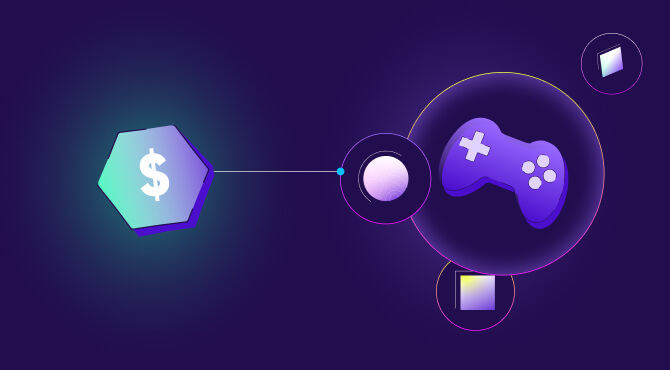
2. Navigating technical challenges
Real-time updates and the demand for server stability during peak usage can pose significant technical challenges. To keep player satisfaction, you need to maintain a stable gaming environment, minimize downtime during updates, and address issues promptly.
3. Resource allocation
As LiveOps grows, developers grapple with the ongoing need for substantial investments to support content creation, updates, community engagement, and technical infrastructure. Gaming studios must use their limited resources wisely to ensure a steady stream of high-quality updates that enhance player experiences without blowing the budget.
4. Security concerns in a live environment
Operating in a live environment means studios must place a heightened focus on security. Ensuring the integrity of player accounts, protecting against cheating or exploitation, and safeguarding against potential security breaches demands continuous vigilance and robust security measures.
5. Privacy changes
Tightening privacy policies at both Apple and Android make it harder for gaming developers to collect the data they need for key data analysis. Though workarounds like SKAN and the Android Privacy Sandbox are emerging, the adjustment remains significant.
In the world of LiveOps, each challenge presents an opportunity for growth and improvement. Addressing them involves a combination of strategic planning, effective communication, technical expertise, and a deep understanding of player behavior. But, by tackling these obstacles head on, game developers can refine their LiveOps strategies, enhance player experiences, and build a thriving gaming community that stands the test of time.
Best practices for LiveOps success
Implementing LiveOps at your company? Take these six tips to heart as you build your infrastructure and strategy.
1. Take a data-driven approach
As you implement LiveOps in your organization, make data central to your strategy. Use player data analytics to inform decisions about updates, features, and in-game events. Understand player behavior, preferences, and engagement patterns to tailor LiveOps strategies for maximum impact. Regularly analyze KPIs to iterate and improve based on real-time insights.
2. Choose the right metrics
As you build data analysis into your LiveOps strategy, make sure you’re choosing the right metrics to follow. First, narrow down the top goal that you want to achieve, then select a few priority KPIs relevant to that goal. If you want to increase player engagement, for instance, look at your DAU to MAU ratio, player retention rate, or play session time. If your top goal is monetization, look at conversion rate or ARPDAU.
3. Segment your audience
Just like in user acquisition, not all customers want the same thing. Use an analytics platform to segment your players into several key categories. Analyze these different groups and consider creating services and features unique to each one.
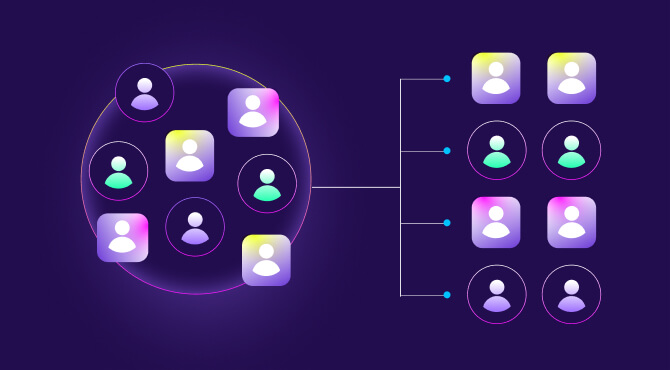
4. Create feedback loops
To succeed with LiveOps, you need to actively seek and respond to player feedback, fostering a positive and collaborative relationship. Engage with the gaming community through forums, social media, and in-game channels. Use A/B testing and other feedback methods to gather input and feature requests. With this information, you can upgrade the experience in line with player expectations and preferences.
5. Communicate openly
As you build your player community, establish clear and transparent communication channels. Keep players informed about upcoming updates, events, and any changes to the game. Address concerns and feedback promptly, demonstrating a commitment to open communication. This transparency will build trust and loyalty among players.
6. Enable personalization
Personalization is a huge draw for gamers. Try offering personalization with cosmetic items and personalized events and experiences to boost game engagement and retention.
Key takeaways
- LiveOps is significantly changing the gaming landscape and the relationship between players and game developers.
- Developers can use “games-as-a-service” to stay relevant and competitive in the crowded mobile games space.
- User feedback is crucial to LiveOps success, giving developers insights into player behavior, wants, and needs. Use it to improve the user experience and resolve issues quickly, which will boost retention and revenue.
- LiveOps is based on real-time analytics and regular content updates. It creates monetization opportunities and growth through limited in-game purchases, bundles, and live events.
- Challenges of implementing LiveOps include player expectations, technical difficulties, resource allocation, and issues with security and privacy.
- To succeed with LiveOps you need a data-driven approach that tracks the right metrics. Remember to segment your audience, let them personalize their experience, and keep communication channels open.




